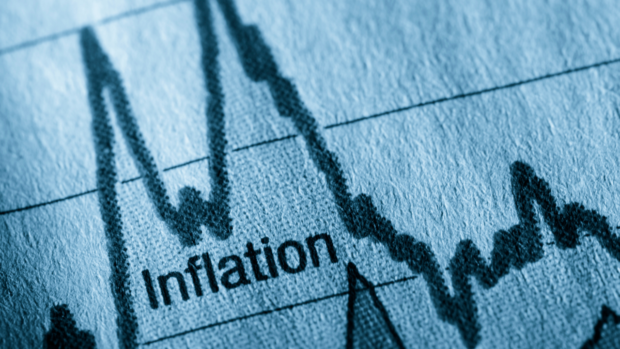Philippine inflation yet to peak; Feb high pegged at 9.3%

INQUIRER.net stock image
MANILA, Philippines — Inflation in the Philippines may have accelerated yet again in February, with the month’s average expected to range between 8.5 percent and 9.3 percent, according to the Bangko Sentral ng Pilipinas (BSP), exceeding January’s fresh 14-year high of 8.7 percent.
With the rate of increase in prices of goods and services not yet peaking, the government’s fight against high inflation is seen dragging on to 2024, with the rate of change in prices of goods and services expected to go back to within the preferred range no earlier than late in 2023.
In a statement, the BSP said upward price pressures for February were expected to have come from higher LPG prices as well as higher prices of key food items like pork, fish, egg, and sugar.
On the other hand, lower prices for domestic petroleum, fruits and vegetables, chicken, and beef, along with the peso appreciation, might help push down the monthly average inflation in February.

Price pressures
“The BSP will continue to adjust its monetary policy stance as necessary to prevent the further broadening of price pressures as well as the emergence of additional second order effects,” the regulator reiterated, also suggesting continued increases in its policy rate.
At a hearing conducted by the House committee on appropriations on Feb. 28, BSP Governor Felipe Medalla said inflation would start to normalize or recede back to the government’s target range of between 2 percent and 4 percent “later this year or early next year.”
In the same hearing, Budget Secretary Amenah Pangandaman told lawmakers that P646 billion of this year’s national budget that is earmarked for major social services is intended to help alleviate the impact of inflation on low-income households.
Pangandaman also said that next year’s budget will continue to provide for the near-term and long-term interventions for the same purpose, to help the vulnerable sectors.
“We have already sent out a budget call (to prepare the national expenditures plan) for 2024 and we are waiting for the data that the line agencies will submit,” she said.
Pangandaman said that, most notably, the 2023 General Appropriations Act allocates P3 billion for the Fuel Subsidy Program — 20 percent larger compared with the 2022 funding — which is aimed at cushioning the impact of high oil prices on thousands of public utility vehicle (PUV) drivers.
Also, P1.29 billion was earmarked for the continuation of the Libreng Sakay program, particularly for commuters that use Edsa.
Further, P1 billion was set aside for fuel assistance to farmers and fisherfolks, which is double the 2022 funding. This year’s allocation provides P3,000 for each of 312,000 beneficiaries, meant to ensure unimpeded agricultural production and fishing operations.
In addition, there is P102.6 billion for the Pantawid Pamilyang Pilipino Program, covering conditional cash grants for 4.4 million indigent households.
There is also P25.3 billion for their social pension of 4.09 million indigent senior citizens, and P36.82 billion for Protective Services, meant for 3 million “individuals and families in difficult circumstances.”.
“On top of these, there’s a Targeted Cash Transfer program to provide a two-month subsidy to poor households amidst the rising prices of commodities,” Pangandaman said. “Details of this will be announced by the President once we finalize” the source of the funds.
